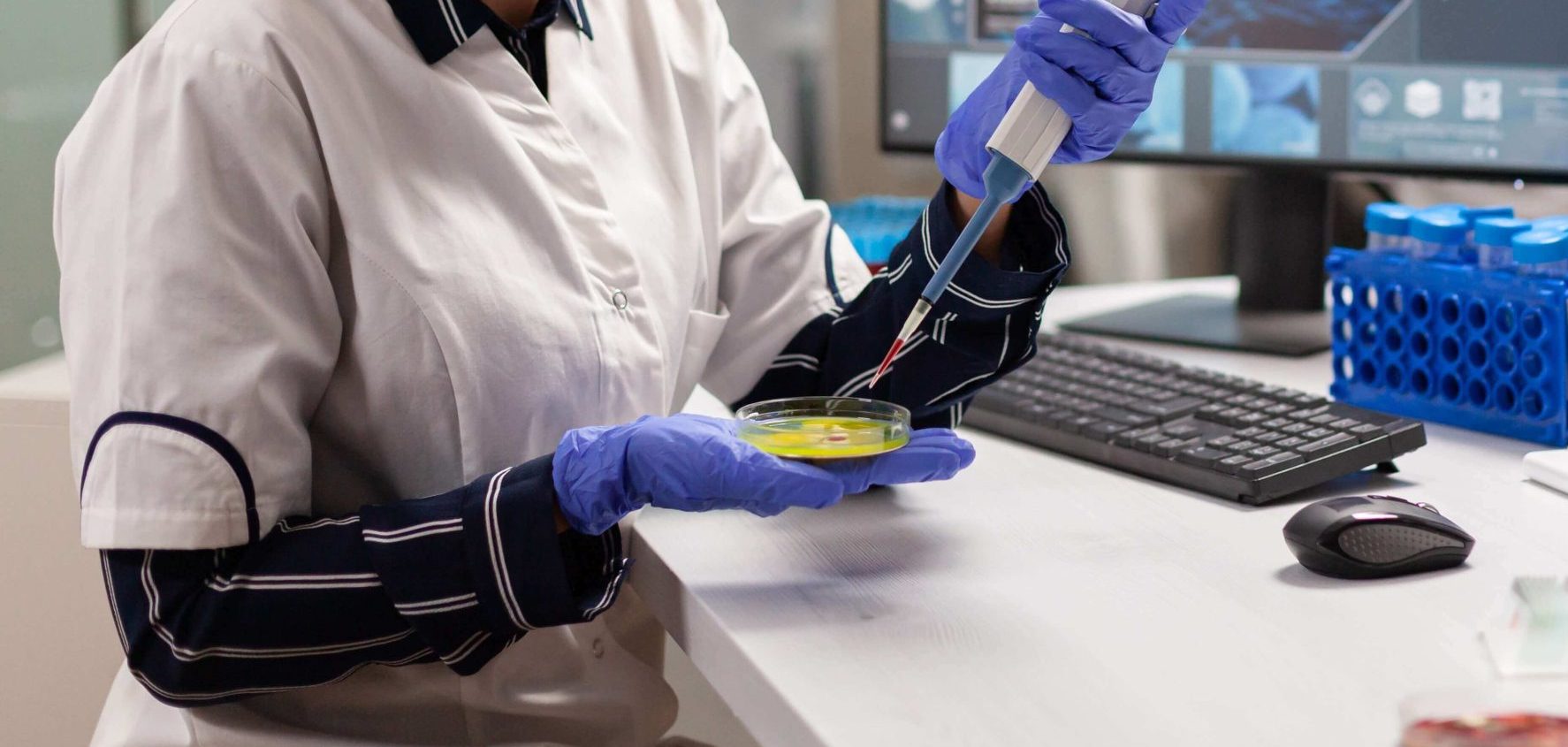Introduction (Article introduction authored by ICU Editorial Team) Bacterial and fungal infections are prevalent among patients in intensive care units (ICUs), with up to 50% diagnosed at any given time. These infections present significant challenges due to the presence of drug-resistant organisms.
Mortality rates among ICU patients with infections are approximately 30%, and infections caused by drug-resistant pathogens further escalate the risk of death.
Antimicrobial resistance (AMR) is a global concern affecting both Gram-negative and Gram-positive bacteria.
Emerging fungal infections, such as multidrug-resistant Candida auris, pose additional threats. ICU stays heighten the risk of acquiring nosocomial infections, a risk underscored by recent experiences during the COVID-19 pandemic, which have seen outbreaks of multidrug-resistant bacterial infections.
This review examines the epidemiology, risk factors, diagnosis, management, and prevention strategies for bacterial and fungal infections in ICUs. It specifically addresses the impact of antimicrobial resistance and the challenges observed during recent pandemics. Challenges in the Diagnosis of Bacterial and Fungal Infection in ICU Diagnosing infections in ICU patients presents challenges, as organ support can mask traditional diagnostic indicators like the systemic inflammatory response syndrome (SIRS), which may originate from non-infectious causes.
Limitations in clinical history and examination, along with delays in diagnostics, highlight the urgency in making therapeutic decisions.
Despite the availability of prediction tools, early recognition based on clinical judgment remains crucial, emphasizing the importance of promptly investigating and managing suspected cases of sepsis.
While early and appropriate use of antimicrobial therapy is beneficial for severe infections, excessive broad-spectrum therapy has been associated with increased mortality and complications.
There are ongoing debates surrounding guidelines for the timing of antibiotic initiation in the absence of prior diagnostic steps.
Ensuring timely investigation and initiation of therapy, while considering clinical risk factors and available diagnostic resources, is essential for delivering optimal care in ICU settings.

